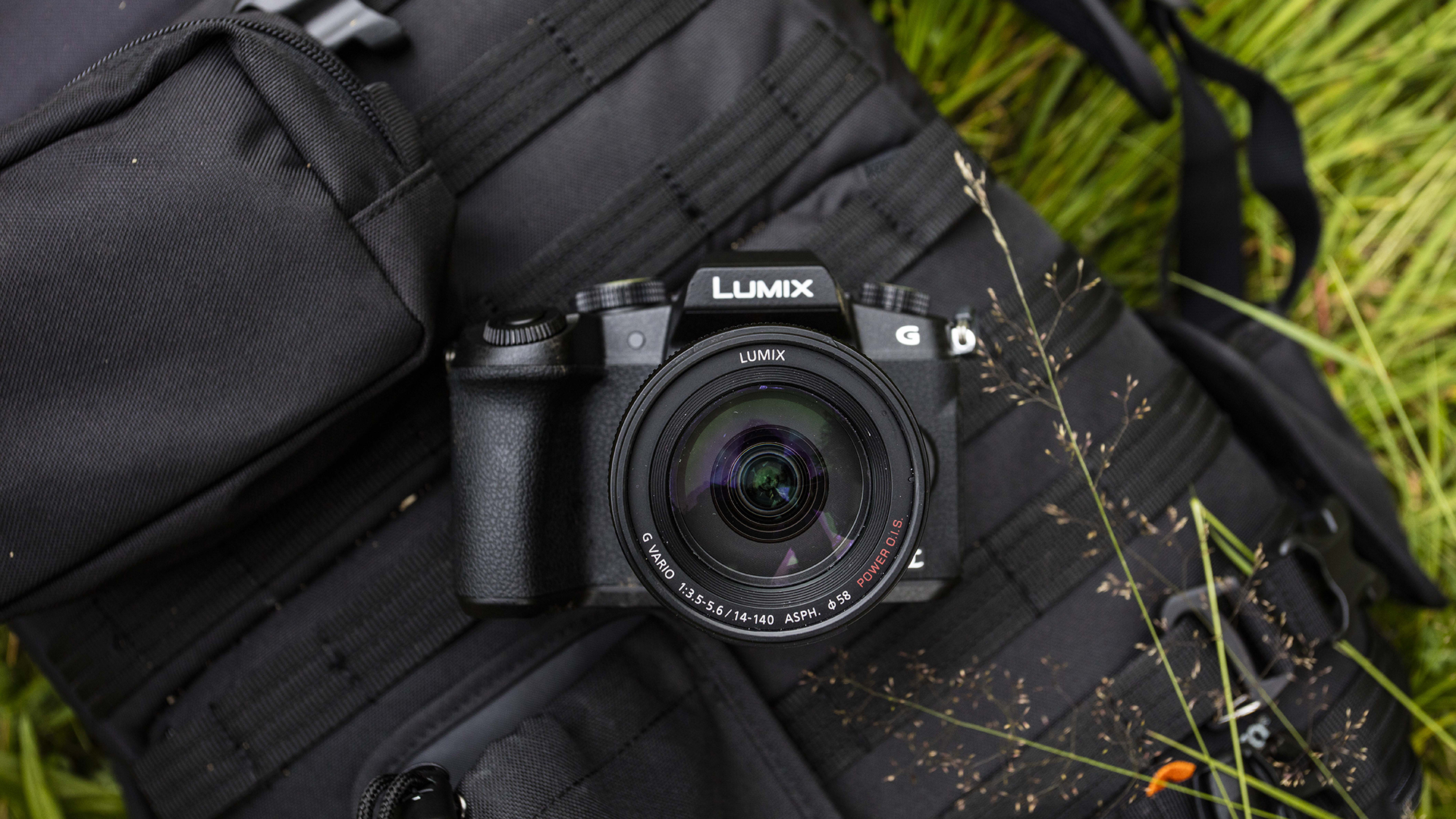Why you can trust TechRadar
Performance
- 9fps burst shooting, 6fps with AF-C
- 330-shot battery life
- Wi-Fi
One criticism of mirrorless cameras is that they can be a little slow to start up, particularly compared to DSLRs that don’t rely on electronic viewfinders. The G80 exhibits no such problems, however, springing to life with negligible delay. The viewfinder image does take a fraction longer than the LCD to appear – you can actually focus on subjects before the viewfinder wakes up – although again the delay is minimal.
Also pleasing is the general response of the camera, and the time taken to write images to the memory card (this is card-dependent of course). Adding raw images to the mix does lengthen the process considerably when shooting continuously, but this is expected. One situation in which the camera noticeably slows down, however, is if it encounters videos when you're reviewing images; if you have a number of videos captured consecutively you'll find that going through these is considerably slower than whizzing through stills.
The sensitivity of the LCD screen makes selecting and adjusting the focusing point very easy, and particularly convenient when you have the LCD screen pulled away from the main body.

In terms of display and visibility, the LCD screen does very well. It’s detailed and displays good contrast, and its viewing angle is very good. As with other screens, visibility is slightly reduced in harsh lighting conditions, although the fact that it can be adjusted so flexibly means you can easily improve the view. When used in more even lighting, the way the screen presents images is very pleasing, and the touchscreen’s sensitivity means you can quickly tap-to-zoom and swipe your way around to check focus and detail.
The EVF more or less matches the rear screen in terms of performance. Its magnification means there's no need for you to move around to see the image clearly, and shooting information is well displayed (although this is laid over the scene, so the effectiveness of the readout varies slightly depending on what you’re shooting).
One thing that does affect both the viewfinder and LCD screen, however, are minor artefacts when shooting video, regardless of resolution. These don't appear in recorded footage, but they're particularly visible when capturing detailed subjects and those with defined edges.
Image stabilisation is one area where Panasonic has made progress with the G80, and you can appreciate how well this is working as you compose images or shoot video. With the 12-60mm f/3.5-5.6 Power O.I.S. lens I found that, although images captured in the 1/4 sec to 1/8 sec range at the maximum telephoto extension (equivalent to 120mm) were often a little blurry, with a steady hand it was possible to capture images with acceptable sharpness at around the 1/5 sec mark. This equates to a benefit of around 4.5 stops, which is very good. It’s worth remembering that images captured at slower shutter speeds may still be perfectly usable, as this depends partly on the scene and partly on how the images will be viewed.

The camera can be safely left set to its default evaluative metering pattern and trusted in most situations, although it does display a tendency towards underexposure. Perhaps not surprisingly, this tends to occur in situations where there are larger areas of highlights, and often this is not by much more than 1/3EV or 1/2EV, although examining the histograms of these images reveals that the camera could safely expose at a more appropriate level without detail in these areas blowing. While there's no dedicated exposure compensation control as such, the default option is for the Fn1 control to access this setting, so adjusting this quickly isn't a hassle.
Image quality
- ISO100-25,600 (expanded)
- No optical low-pass filter
- Creative Effects options
Images from the Panasonic G80 are very pleasing straight out of the camera, and the absence of a low-pass filter is evident when scrutinising images at their full resolution. Certain scenes do exhibit some aliasing artefacts as a result of this, such as those containing fine architectural details like railings or roof tiles, but these are not overly evident. The important thing is that, particularly at lower sensitivities, the level of detail in images is very good.
While some previous Panasonic models have been criticised for aggressive noise reduction – and while to some extent this is the case here – the extra detail being recorded does offset this somewhat, to leave images reasonably clean and detailed. Naturally the effects of noise reduction are more visible further up the ISO scale, but a good level of detail remains even here.
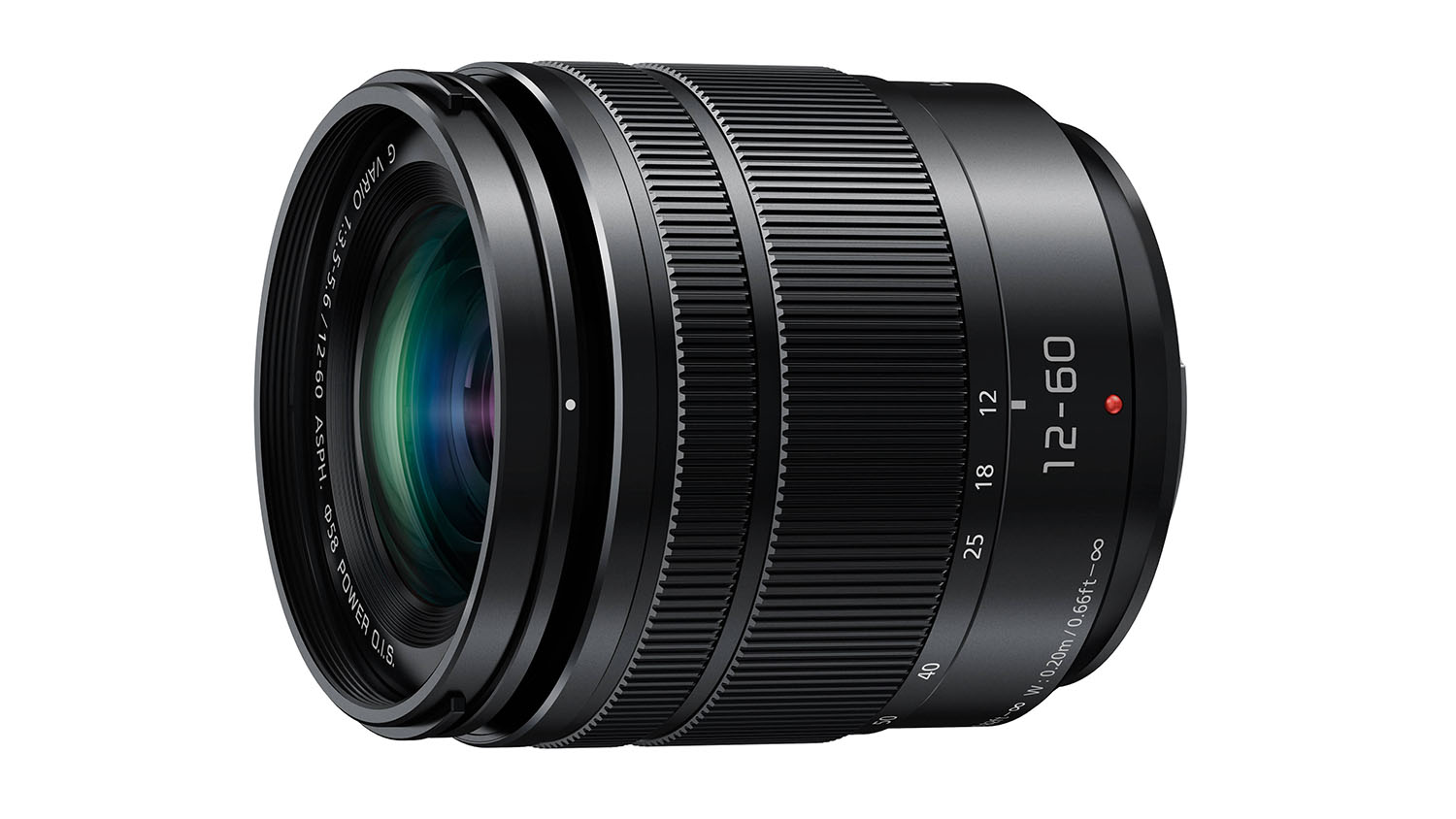
For a ‘kit’ lens, the 12-60mm f/3.5-5.6 Power O.I.S. certainly does a very good job. Some vignetting is present at wide-aperture, wide-angle settings, and a little curvilinear distortion can be seen here too, although raw files contain a profile for correcting the most obvious chromatic aberrations and distortion, and this is automatically applied to files when opened up in programs such as Adobe Camera Raw or Lightroom. Typically a little distortion remains in images, but this is only visible in distinct horizontal or vertical features.
Colours are generally true to life, and the auto white balance system is a capable performer, although images captured in quick succession under artificial lighting can sometimes exhibit slightly different casts. The G80 is certainly not alone here, but in such conditions you may find better results by switching to a preset rather than relying on the auto option.
The Vivid Photo Style does a lovely job to saturate the hues of nature, while some of the Creative Controls are also worth experimenting with, although it’s a shame these can't be applied post-capture.
Noise is reasonably well controlled at lower sensitivities, and not too destructive as you venture into the four-figure ISO range, although it becomes more visible at around ISO2,500 onwards (particularly in areas with little detail). The worst of this can be successfully removed in post-production, and we would be perfectly happy to use images captured at settings up to and including ISO3,200, where detail remains very respectable. From then on it gets trickier to balance detail, noise reduction and adequate sharpness, although for non-critical work such images may be acceptable.

As we've come to expect from 4K-enabled Panasonic cameras, video quality is very pleasing. 4K footage is detailed and movement is recorded smoothly, and while some rolling shutter is present when the camera is panned across the scene this is generally well controlled. Full HD footage is a little softer by comparison, so it’s best to record 4K footage if memory card space permits, as this appears much crisper when viewed on a non-4K display; the image stabilisation system has a noticeable effect on smoothness too. As is often the case with such cameras, the camera’s built-in microphones are somewhat susceptible to picking up wind noise, so you may want to call upon the wind filter (if not use an external microphone).
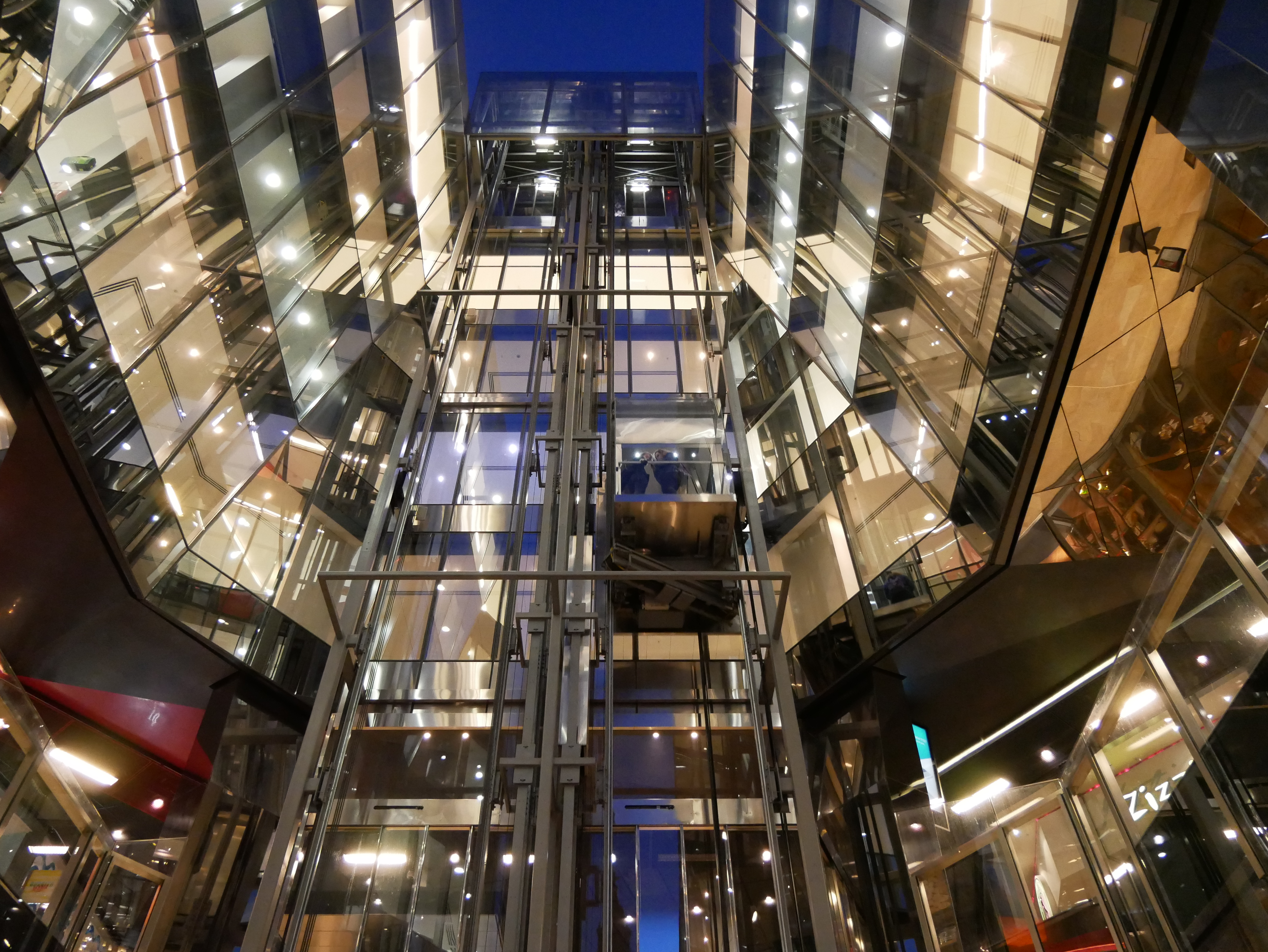
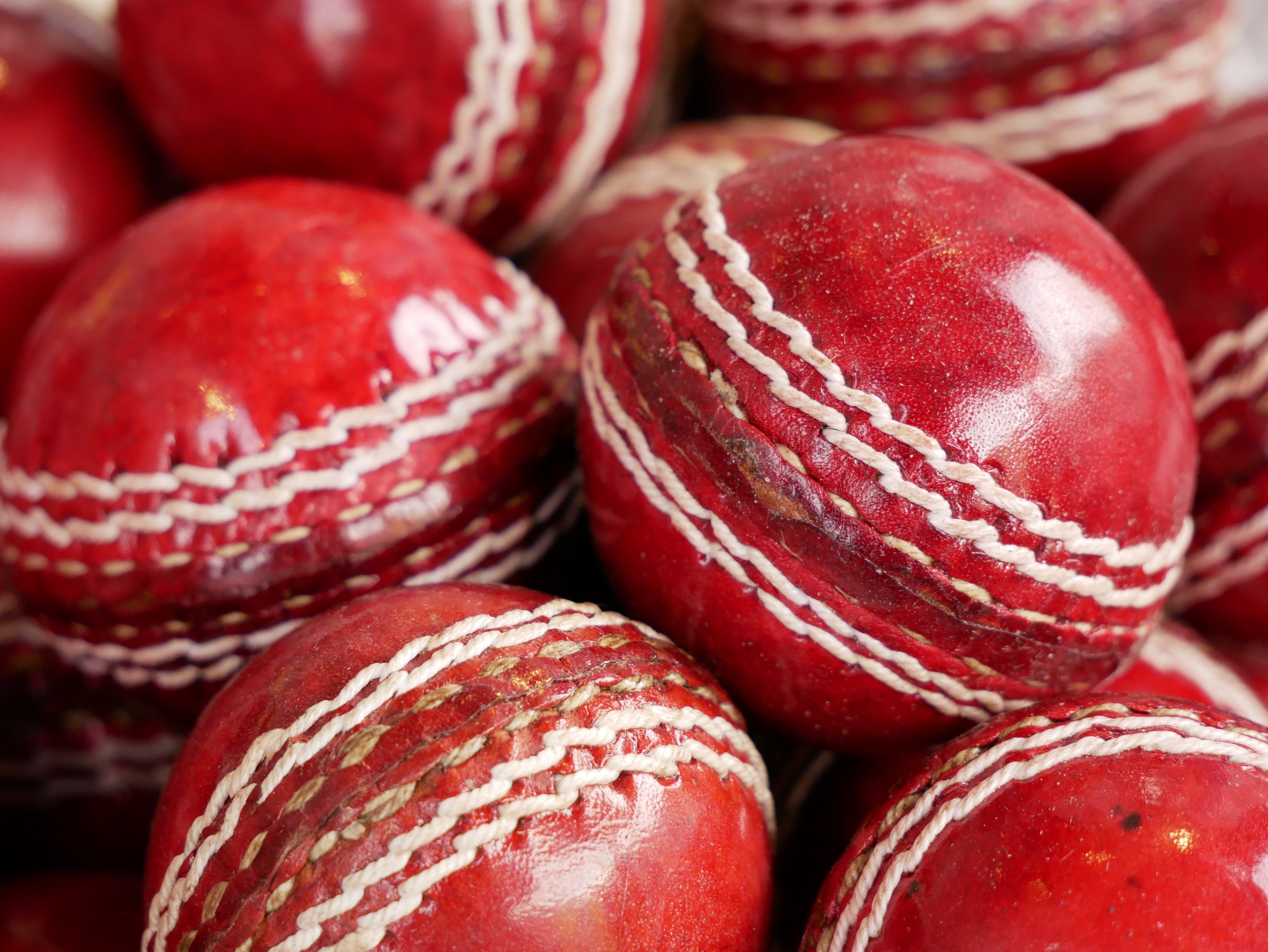
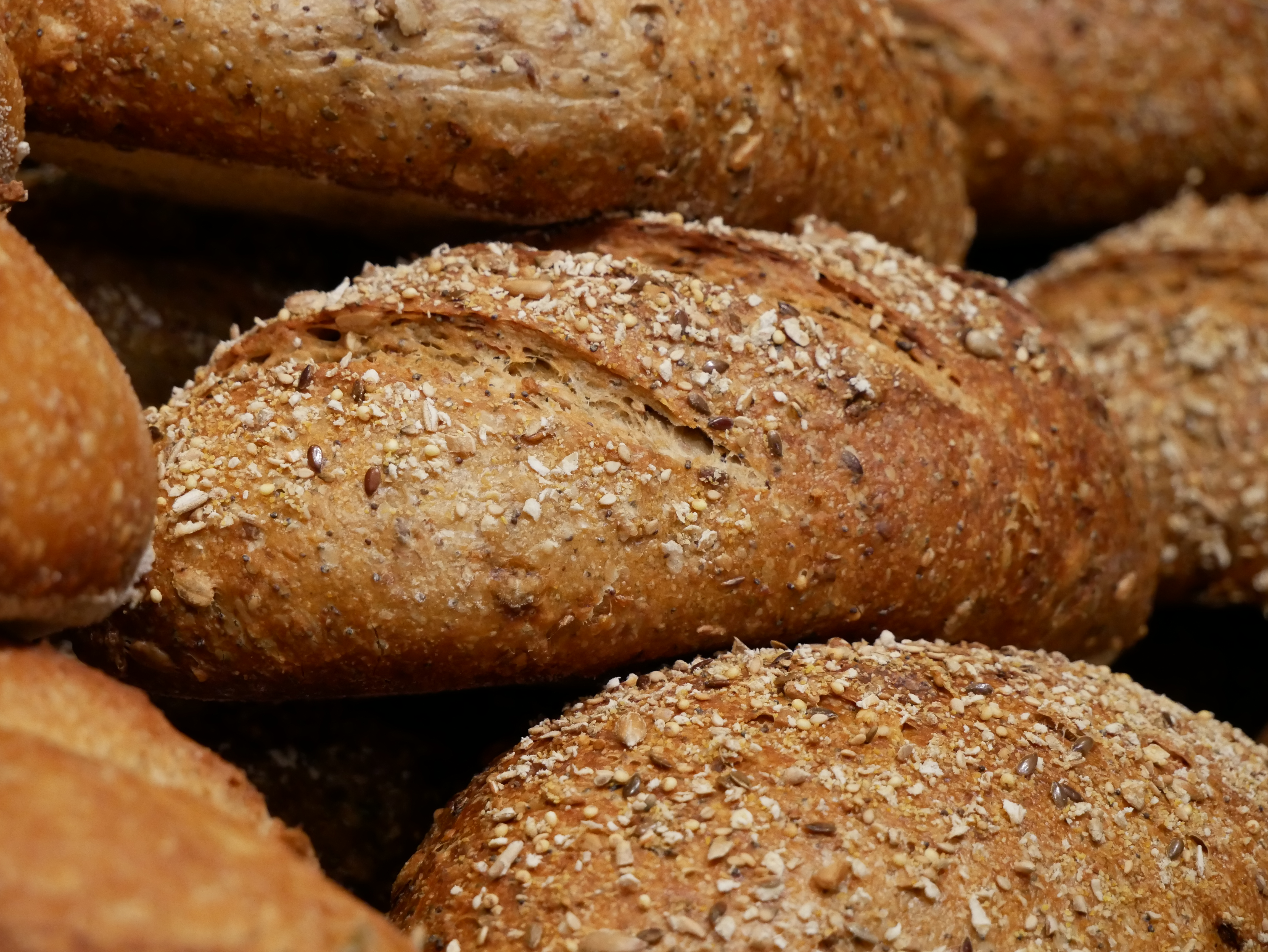

Current page: Performance and image quality
Prev Page Build, handling and AF Next Page Verdict and competition